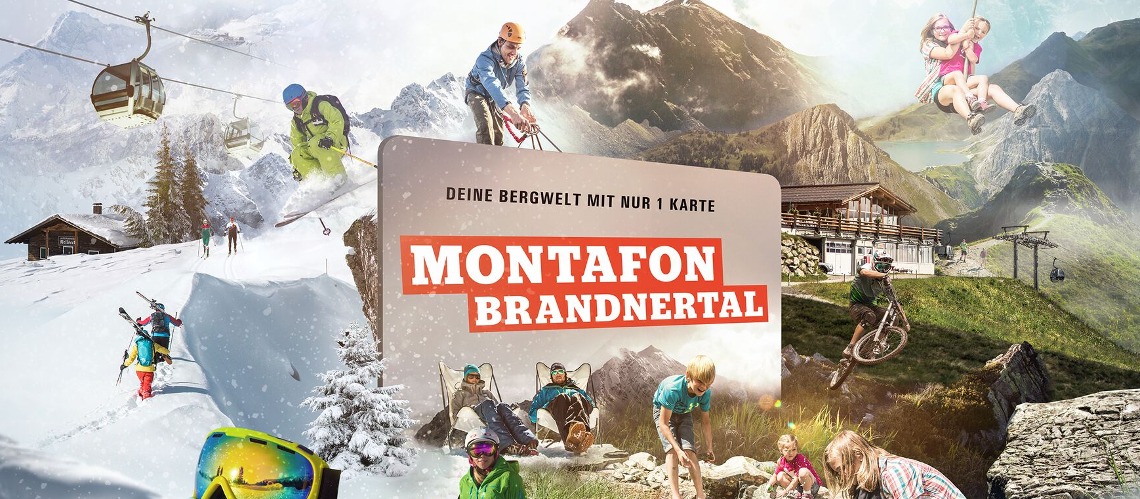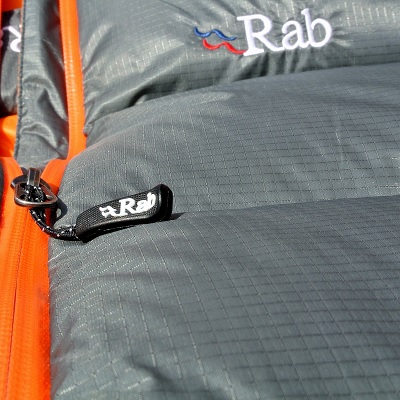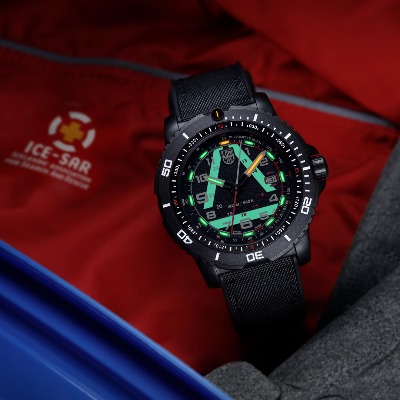Montafon Looks To The Future

The current winter season in Montafon is in full swing. Despite all the skiing fun, the southernmost valley in Vorarlberg is aware of its responsibility for preserving the precious mountain and living environment and is actively fulfilling this responsibility. A groundbreaking step has already been taken in this regard with the establishment of the “PIZ – Future Laboratory for Sustainable Tourism”, which consistently deals with the sustainable development of one’s own destination. In addition, numerous measures are being taken in the Montafon ski areas to make winter tourism as future-oriented as possible. Be it through the use of green electricity, the use of photovoltaic systems or innovative energy management that contributes to increasing energy efficiency, to name just a few examples.
Winter sports in Montafon have a tradition that goes back over 100 years. Over the past 15 years, however, it has become clear that winter sports have reached their limits due to changing conditions. “The growth years in winter are over,” confirms Manuel Bitschnau, Managing Director of Montafon Tourismus GmbH. “It is important to maintain the standard in winter, invest in quality and at the same time consistently expand the rest of the year towards year-round tourism,” Bitschnau continued. Of course, winter is still very important in Montafon. “Due to the fact that around 90 percent of the slopes in the Silvretta Montafon are above 1,500 meters above sea level and the corresponding snow-making infrastructure, skiing in the Montafon will be possible in the long term - in the sense of conserving resources,” explains Kilian Zinnecker, Head of Sustainability at Silvretta Montafon GmbH.
In the valley with the highest number of overnight stays in Vorarlberg, great importance is attached to protecting the precious mountain and living environment for the benefit of the residents, says Montafon Tourism. For this reason, measures that promote sustainable development are implemented in all areas in which Montafon Tourismus operates. The driving force behind this is the “PIZ – Future Laboratory for Sustainable Tourism”, founded by Montafon Tourismus in 2021, the first tourism innovation hub in the whole of Austria that is deeply concerned with the sustainable development of its own destination. Important goals for 2024 are the certification of the Montafon tourism region with the renowned Austrian eco-label, the support of role model companies in their development suitable for their grandchildren and the raising of awareness in the region.
In addition, each individual Montafon ski area is committed to sustainability and implements individual measures. The Golm adventure mountain, for example, is making rapid progress when it comes to sustainability. In 2012, the Hüttenkopfbahn, the world's first photovoltaic chairlift, was built. Since the 2016/17 season, the company has already been able to reduce its greenhouse gas emissions by an impressive 60 percent and is pursuing ambitious goals: by 2030 it should be 77 percent less. In order to assume responsibility in areas where the greenhouse gas balance is still unbalanced, the company supports various climate protection projects on a voluntary basis. Initiatives such as a four-day week focus on future-oriented and sustainable personnel development. The focus in gastronomy is on regionality and seasonality, with at least 25 percent of the dishes in the Panorama Restaurant Grüneck being vegan or vegetarian. In addition, thanks to a sophisticated drainage system, the water from snowmaking is collected again in winter and used to generate hydroelectric power.
With its “Green Mountains” initiative, Silvretta Montafon is looking at existing potential to make the framework conditions for winter sports as future-oriented as possible. As part of this, the largest ski area in Montafon not only sets goals regarding the environment and resources, but also social sustainability. In addition to various measures in the areas of energy, travel and regionality, new buildings, such as the current project for an employee house near the Zamang Bahn, pay attention to ecological construction according to climate-active standards. Not only with PV systems on the roof and on the facade, solar system and pellet heating, but also with short distances to the workplace, they want to set a quality feature for jobs at the mountain railway.
The Gargellner Bergbahnen are concerned with resource-saving measures, especially when it comes to environmentally friendly snowmaking and slope preparation. For example, the storage ponds are fed exclusively by natural inflows. Due to the floating surface extraction of water and the altitude of the storage ponds, no cooling of the water is necessary. As in the Silvretta Montafon and the Erlebnisberg Golm, the fleet of snow groomers is equipped with a snow height measuring system, which is intended to make piste preparation as resource-saving as possible by measuring and efficiently distributing the available snow. In addition, a tool for predicting the optimal snowmaking windows is in use.
The partnership with “Turn to Zero” also enables the Montafon Kristbergbahn to make its entire CO2 emissions “climate neutral” each year through innovative energy management. They also manage the first car sharing model in Montafon in cooperation with the municipalities of Silbertal and Caruso. The charging cycles of the electric vehicles are covered by the income from the company's own photovoltaic system and the kinetic energy during the descent with 100 percent regional green electricity. The car sharing offer in Montafon has now expanded to three locations. And there are more and more all the time.
The topic of mobility and especially travel to and from the place is of great importance in view of climate change. Around three quarters of the CO2 emissions caused by a holiday trip occur during arrival and departure. Against this background, travel by public transport is continually encouraged, for example by including travel with ski passes. Frequency measurements in Montafon show that traffic has already decreased in recent years and journeys by train have quadrupled in recent years. “In addition, we are strengthening the guests in the Montafon and long-distance markets are not actively advertised,” emphasizes Manuel Bitschnau in conclusion.













